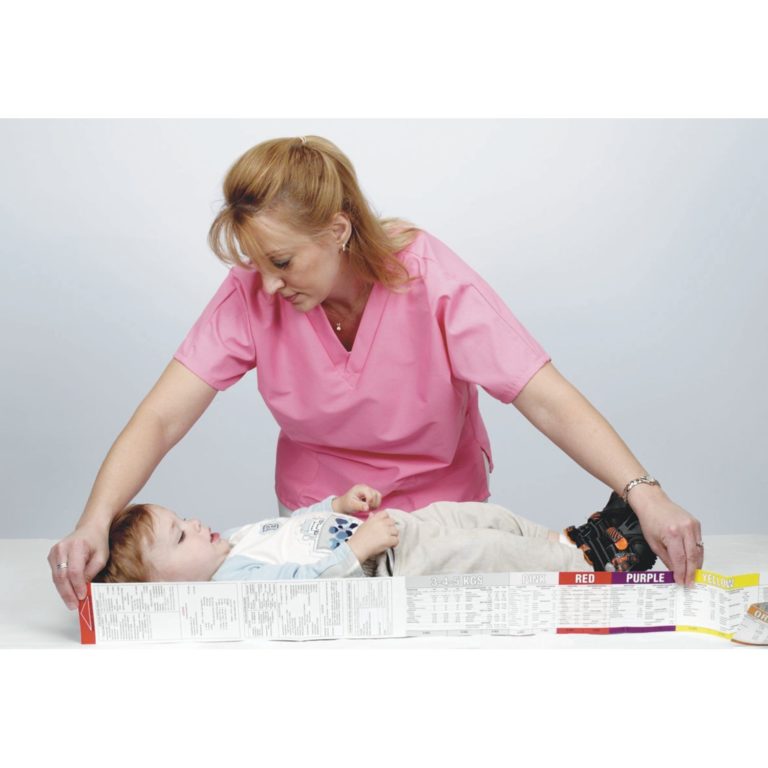

The following list identifies which color zones correlate with each estimated weight zone in kilograms (kg) and pounds (lb).Įmergency physicians James Broselow and Robert Luten struggled with solving these issues related to the emergency treatment of children in the early 1980s. Subsequent versions of the tape combined dosing and equipment zones such that the eight color zones contained both dosing and equipment information, thus creating a simple visual system for medication and equipment which is used in most hospitals and ambulances. The original Broselow tape was divided into 2.5 kg (5.5 lb) zones for medication doses and eight color zones for equipment selection. The tape is still considered by some to be the best tool for predicting actual body weight. There are debates about accuracy in actual weight estimation and its relevance as noted above. In 2012, a study with 572 enrolled subjects published that paramedic Broselow measurements correlated well with both scale and ED measurements, underscoring its utility in the prehospital setting. Multiple studies have been conducted regarding the effectiveness of the Broselow Tape. Always use the tape measured length zone for equipment selection regardless of body habitus.If a child appears overweight consider utilizing one zone higher for dosing only.Measure child to identify weight/color zone.

Utilizing clinical judgment applied to each situation:
#Broselow tape newest edition how to#
Recommendation for how to use of the Broselow tape. Unlike medication dosing, body habitus therefore does not affect the accuracy of the prediction. Studies on the accuracy of predicting endotracheal tube sizes consistently demonstrate the superiority of length predictions over other methods. Therefore, regardless of the patient’s habitus, use the actual body weight for calculating initial resuscitation drug doses or use a body length tape with pre-calculated doses." The PALS guidelines comment on this issue: "There are no data regarding the safety or efficacy of adjusting the doses of resuscitation medications in obese patients. For most resuscitation medications, the optimal dose is not known, and doses based on IBW or actual weight are likely equally effective. Īlthough some medications are best dosed by actual body weight (e.g., succinylcholine), most resuscitation medications are distributed in lean body mass (e.g., epinephrine, sodium bicarbonate, calcium, magnesium, etc.) so that IBW as accurately predicted by length, not the actual body weight, would appear preferable for dosing. Thus, incorporating a visual estimate of whether the child is overweight provides a simple method to predict actual patient weight that appears to be clinically relevant given the rise in obesity in the U.S. Specifically, for drug dosing, the patient's length-based dosing zone can be adjusted up one color zone if the child appears overweight. If the healthcare provider incorporates a visual estimate of body habitus into the prediction, the accuracy of the estimate of actual patient weight is improved, as confirmed in multiple studies. Of the remaining 35%, ~20% fall into the heavier Broselow-Luten zone above and 13% fall into the lighter zone below, with < 1% outliers falling greater than 1 zone from predicted. Utilizing this data set to examine Broselow Tape predictions of actual body weight with the revised zones reveals that approximately 65% of the time the patient's measured length places them in the correct zone for actual weight. The most recent version of the Broselow Tape incorporates updated length/weight zones based on the most current National Health and Nutrition Examination Survey data set. Because of the recent obesity epidemic, concerns have been raised as to the accuracy of the tape to determine acceptable weights and subsequently acceptable doses of emergency medications. The Broselow Tape is based on the relationship between weight and length each color zone estimates the 50th percentile weight for length, which for practical purposes estimates the ideal body weight (IBW) for emergency dosing. Īs the tape is not completely accurate, care is required with its use. The tape that is level with the child's heels will provide their approximate weight in kilograms and their color zone.
#Broselow tape newest edition free#
While maintaining one hand on the red portion at the top of the child's head, use your free hand to run the tape down the length of the child's body until it is even with their heels (not toes). Use one hand to hold the red end of the tape, so it is even with the child's head. To use the Broselow Tape effectively, the child must be lying down. Color coded equipment drawers based on the Broselow Tape


 0 kommentar(er)
0 kommentar(er)
